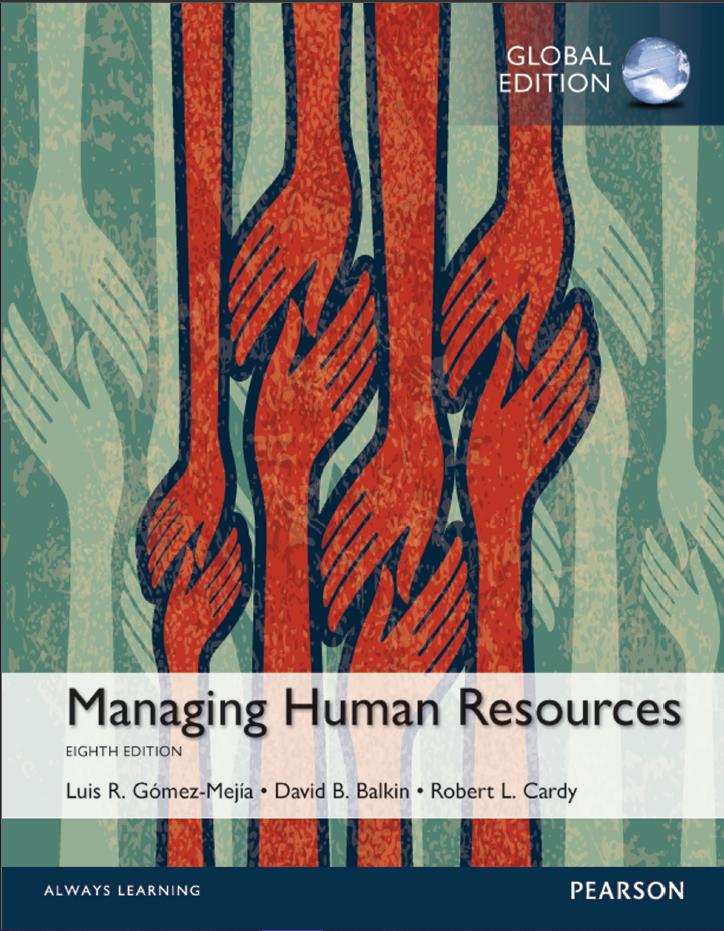Given your response to item 2, how would these measures be useful? What could they be used
Question:
Given your response to item 2, how would these measures be useful? What could they be used for?
Turnover is costly for organizations. In addition to the direct costs of recruiting, hiring, and training new talent, turnover can have negative effects that can be difficult to quantify. The loss of frontline employees, for example, can have a negative effect on customer service and can reduce the morale of remaining employees.
In addition, employee turnover can result in a loss of expertise and knowledge that is critical to the operation.
One way to reduce turnover is to approach the issue from the perspective of what can be done to get employees to stay. The employee-equity model provides a framework for addressing strategies for increasing employee retention.
As shown in the “Employee Equity Model” graphic, the employee-equity model indicates that employee retention is a function of three equity levels: value, brand, and retention. Value equity is the employees’ perception of the employment exchange. It is the fairly objective assessment of the costs and benefits of the job. For example, how does the pay measure up against the effort and difficulty of performing the job? Although working conditions are a central value-equity concern, convenience can also be a factor. For example, the worker’s value-equity assessment might be affected negatively if the job is located in an area that is difficult to reach or the hours of the job are difficult to accommodate. Brand equity is a more subjective emotional assessment of an organization’s desirability.
In making a brand-equity assessment, a worker might consider how the employer treats workers, the organization’s culture, and how it approaches ethics. Brand equity reflects the extent to which a worker is happy, or even proud, to be working for the organization. Retention equity is the worker’s perceived benefit of staying with the organization. Key factors in retention-equity assessments are seniority and pension plans. Other factors that can influence retention equity are the opportunities in the organization for development and for career advancement. In addition, the extent to which organizational members have a sense of community can influence retention equity levels.
Step by Step Answer:

Managing Human Resources
ISBN: 9781292097152
8th Global Edition
Authors: Luis R Gomez Mejia, David B Balkin, Robert L Cardy





